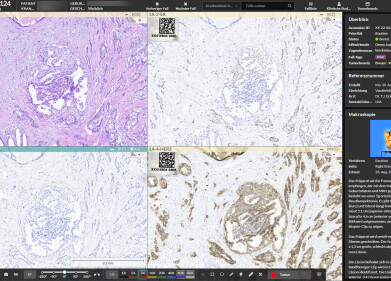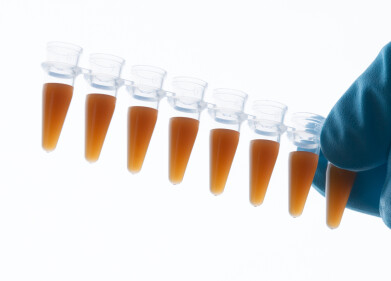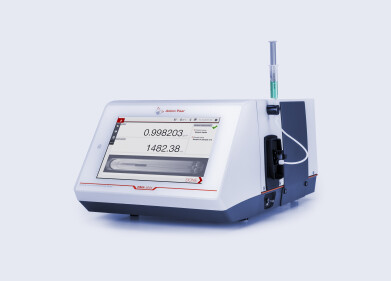Laboratory Products
Are Engineered Nanoparticles the Answer to Superbugs?
Oct 31 2017
Modern medicine may be advanced, but it's no match for superbugs. According to the Centres for Disease Control and Prevention superbugs are a global crisis, causing around 23,000 deaths a year. Now, a team of scientists is claiming that superbugs could be about to meet their match, and it's all thanks to nanoparticles.
The power of "quantum dots"
Basically, these tiny "quantum dots" break down the robust defence systems of superbugs and allow antibiotics to work their magic. By increasing vulnerability quantum dots could help restore the power of antibiotic treatments that have lost their edge against superbugs and drug-resistant infections.
Researchers have channelled years of research into engineering nanoparticles capable of breaking down the defence systems of bacteria. The findings were published in Science Advances, with the team claiming that quantum dots could be a new weapon when it comes to combating superbugs that have developed resistance to antibiotics.
“Various superbugs are evolving too rapidly to be counteracted by traditional drugs,” explains Zhengtao Deng, a chemist at Nanjing University in China. He warns that unless action is taken, drug-resistant infections could kill an extra 10 million people a year worldwide by 2050.
Boosting the power of antibiotics
With quantum dots onside scientists could drastically boost the efficiency of antibiotics.
"Despite the high degree of antibiotic resistance in these isolates, we observed a synergistic interaction between both bactericidal and bacteriostatic antibiotics with varied mechanisms of action and our superoxide-producing nanoparticles in more than 75% of combinations. As a result of this potentiation, the effective antibiotic concentration of the clinical isolates was reduced up to 1000-fold below their respective sensitive/resistant breakpoint," reads the official abstract.
Arming the body with cadmium telluride
So what are quantum dots? According to the team they're tiny chunks of cadmium telluride that measure in at just three nanometres in diameter. This is equivalent to the width of a strand of DNA. When lit up with a specific frequency of green light, electrons in the nanoparticles are released and latch onto nearby oxygen molecules. These are then dissolved in water throughout the body which creates a chemical known as superoxide. As bacterial cells absorb superoxide internal chemistry is destabilised which disarms the pathogen's defence systems.
The technique has already been tested on drug-resistant bacterial strains like Salmonella, with the team finding that 75% of antibiotic and quantum dot combinations were more efficient at killing or bacteria than antibiotics alone.
As demonstrated in this ground-breaking study, trial and error plays an important role in modern laboratories. For a closer look at the pros and cons of common particle size distribution measurement methods don't miss 'Different Measuring Techniques Provide Different Results – But What is the Truth?'
Digital Edition
International Labmate 49.6 - Sept 2024
September 2024
Chromatography Articles - HPLC gradient validation using non-invasive flowmeters Mass Spectrometry & Spectroscopy Articles - From R&D to QC, making NMR accessible for everyone: Putting NMR...
View all digital editions
Events
Oct 15 2024 Milan, Italy
Oct 17 2024 Dhaka, Bangladesh
Oct 20 2024 Fort Worth, TX, USA
Oct 21 2024 Dalian, China
Oct 30 2024 Birmingham, UK






.jpg)











